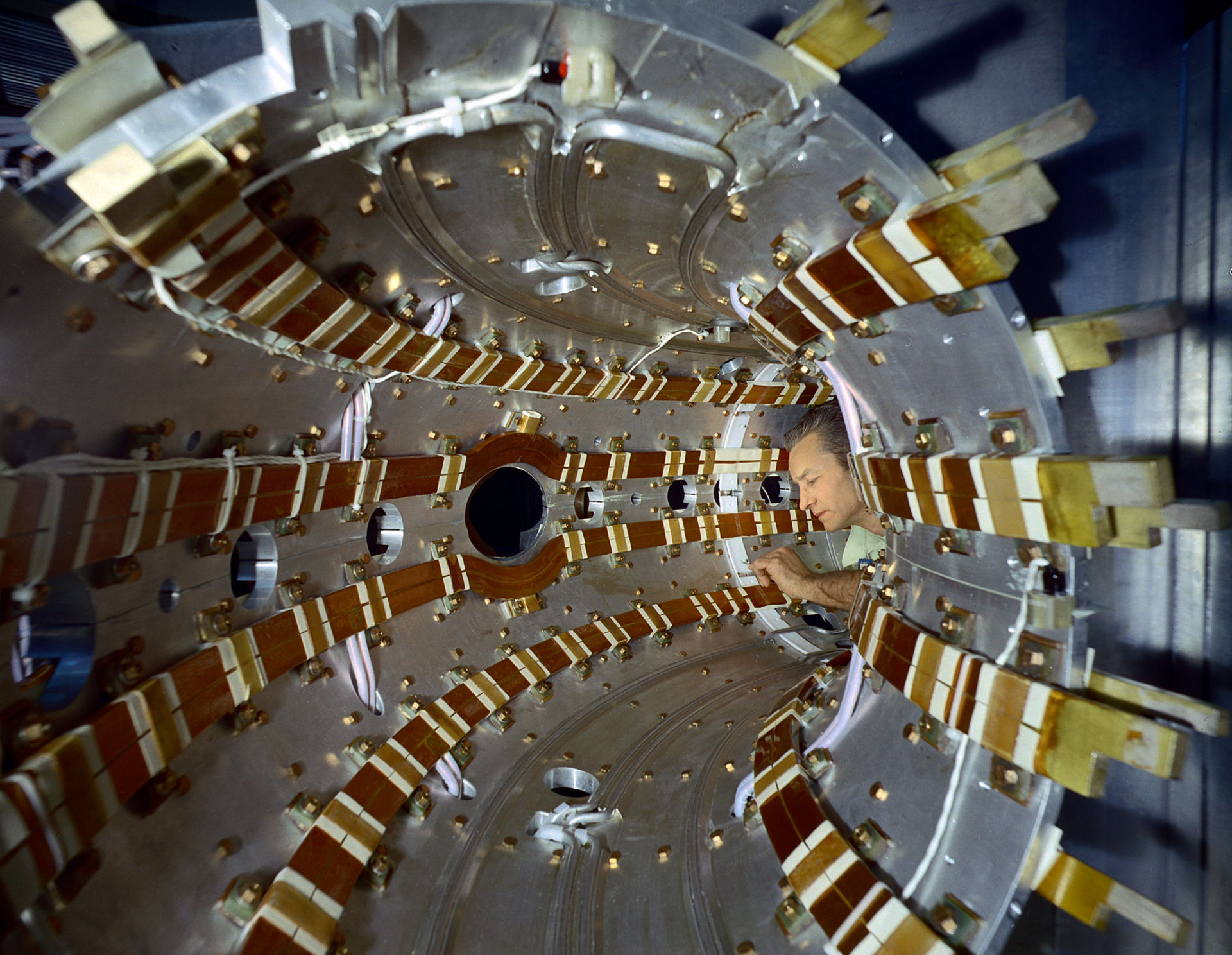The Rushcliffe Borough Council has proposed Ratcliffe on Soar for the U.K.’s first Spherical Tokamak for Energy Production (STEP) commercial fusion power station.
Fusion “drives the universe” by powering our sun and stars. Simply put, it is a tiny reaction where two nuclei of atoms — the smallest building blocks of the universe — fuse together, forming a heavier nucleus and releasing energy. The process relies on hydrogen gases being heated to extremely high temperatures to create a plasma. Within this plasma, “millions of these reactions every second can provide a huge amount of energy from very small amounts of fuel.”
Fusion is the opposite of fission, the process behind modern nuclear power that harnesses the energy released when the nuclei of atoms split into smaller fragments. Yes, we already have nuclear power. But fusion generates no carbon emissions and produces very little nuclear waste; the reactors are the only major components left radioactive.
Related Articles Should Governments Subsidize Hydrogen? | Geothermal Power in the World’s Shift to Clean Energy
The only fuel needed for fusion is hydrogen. Green hydrogen can be extracted from water through electrolysis. Not only is this an abundant resource on Earth, but the process also emits zero carbon emissions, unlike grey or blue hydrogen which produce carbon emissions as a by-product.
Fusion’s energy efficiency also means that “1 kilogram of fusion fuel could provide the same amount of energy as 10 million kilograms of fossil fuel.” Hoping to prove the commercial viability of fusion power, the U.K. government announced £220 million in funding for the design of the STEP power plant in 2019.
The STEP power plant’s timeline reveals plans to have a finalised concept design by 2024 and to complete construction by 2040. Potential sites for the plant have to be submitted by the end of March 2021. After this point, the U.K. government will assess the submitted candidates and is expected to reach the final decision on a location by the end of 2022.
The Rushcliffe Borough Council are eager to have the STEP power station within their district as they see the potential benefits the power station could bring. They believe it could attract up to £1.5 billion of inward investment and create thousands of highly skilled jobs in the area.
There is, however, a very big catch with fusion: We do not have the know-how or technology to sustain it perpetually. The extremely high temperatures, magnetic fields, and strong radiation need highly specialised reactors, which means that, at present, fusion requires more energy than can be produced.
Experts and scientists believe this will change and that making fusion will be made commercially viable. The U.K.’s STEP power station hopes that it can be the world’s first to demonstrate fusion as a feasible addition to the national grid.
Editor’s Note: The opinions expressed here by Impakter.com columnists are their own, not those of Impakter.com. — In the Featured Photo: Inside ORNL’s first experimental fusion tokamak in 1971. Featured Photo Credit: Oak Ridge National Laboratory / Flickr











